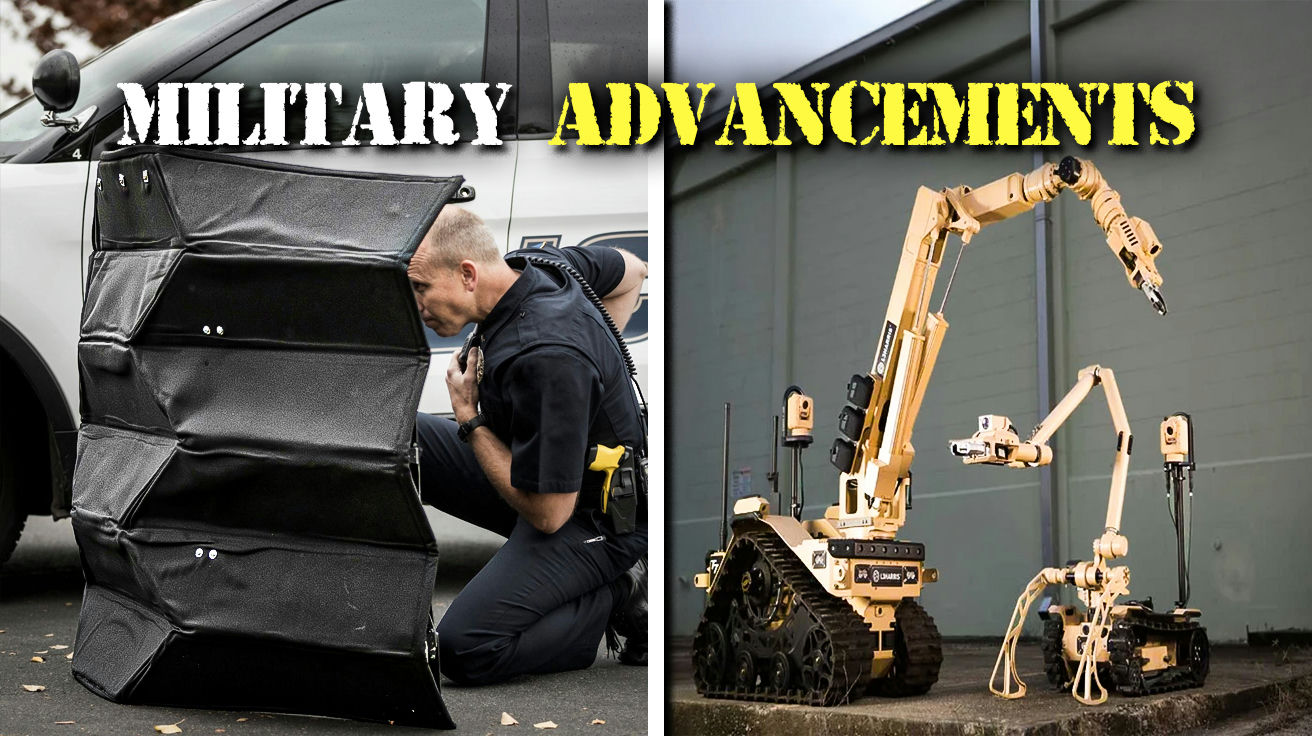Traditional warfare died the moment drones became flying snipers. A single 15-kilogram Altius drone now delivers the destructive power of a Hellfire missile from 160 kilometers away. Small units suddenly wield battalion-level striking power without massive supply chains. Enemy tanks and ships can be destroyed with surgical precision while launch crews remain completely safe.
Let’s take a look at these advanced military systems that have transformed modern conflict in ways that would make sci-fi writers jealous.
21. Nano Spear: Advanced RF Decoy
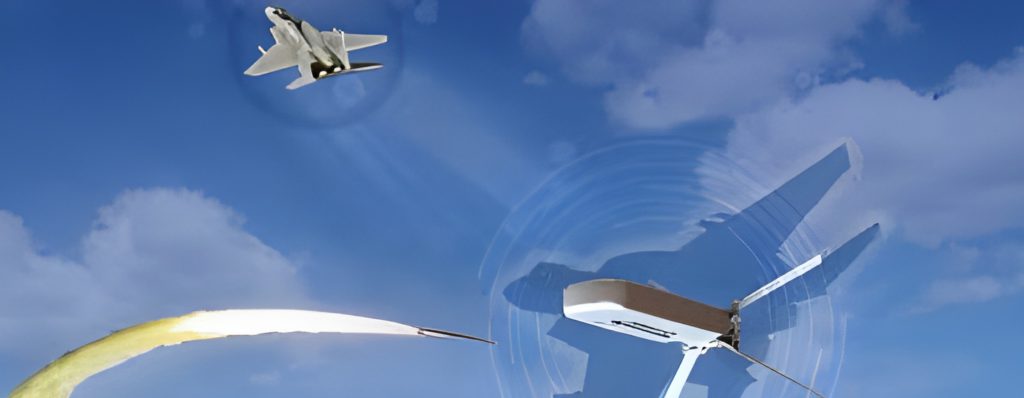
At under 800 grams, the Nano Spear creates electronic illusions that give pilots precious seconds to escape deadly missile attacks. This tiny marvel works against both air and surface-launched attacks with equal effectiveness. Old and new planes can use it without modifications.
Unlike older flares that only fooled heat-seekers, the Nano Spear tricks sophisticated radar systems into chasing ghosts. The technology works like a master chef’s misdirection – drawing attention to the sizzle while the steak slips away. Pilots gain precious seconds to escape the danger zone while missile guidance systems chase electronic phantoms.
20. Maverick Armored Vehicle: The Future of Armored Transport
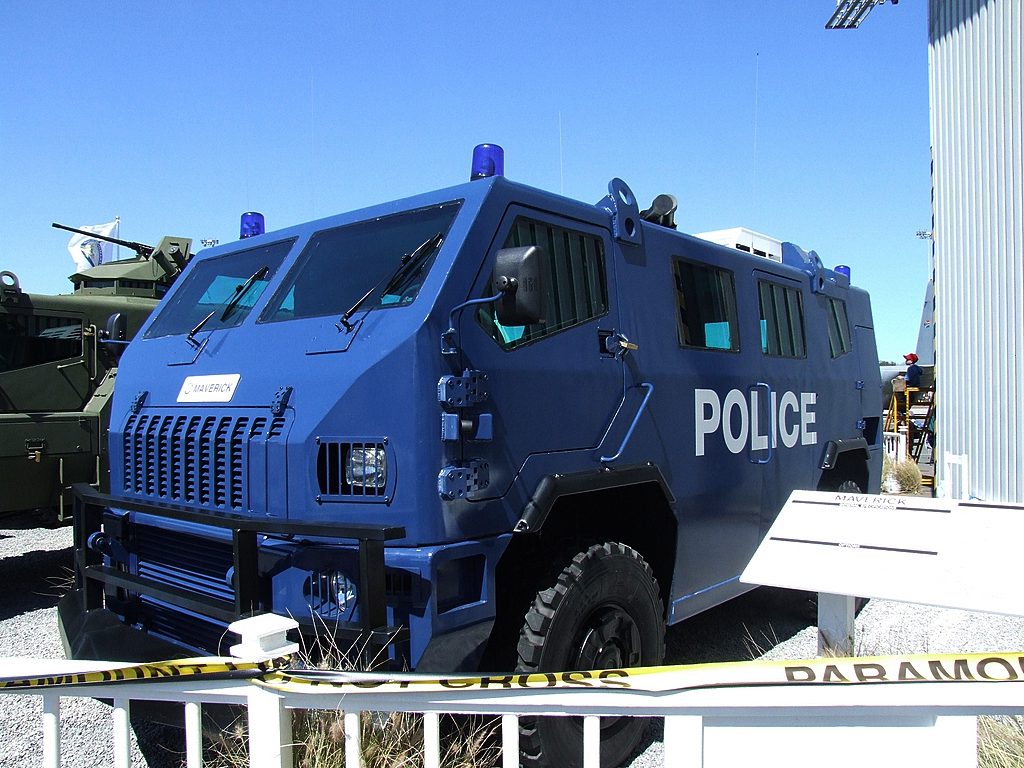
When ambushed in hostile territory, the Maverick vehicle provides a 360-degree shield that stops 14.5mm rounds while maintaining mobility. Its 400 horsepower engine has enough muscle to move quickly through danger zones. Need to cross water? No problem – this armored vehicle handles depths up to 1.2m without hesitation.
The integrated 25mm machine gun turret means this ride bites back when threatened. Military vehicles used to follow the “pick two” rule: protection, firepower, or mobility. (Good luck getting all three!) The Maverick somehow manages all three, making it the transportation equivalent of finding a unicorn that’s also good at taxes.
19. Simunition: Enhancing Close Quarter Combat Skills
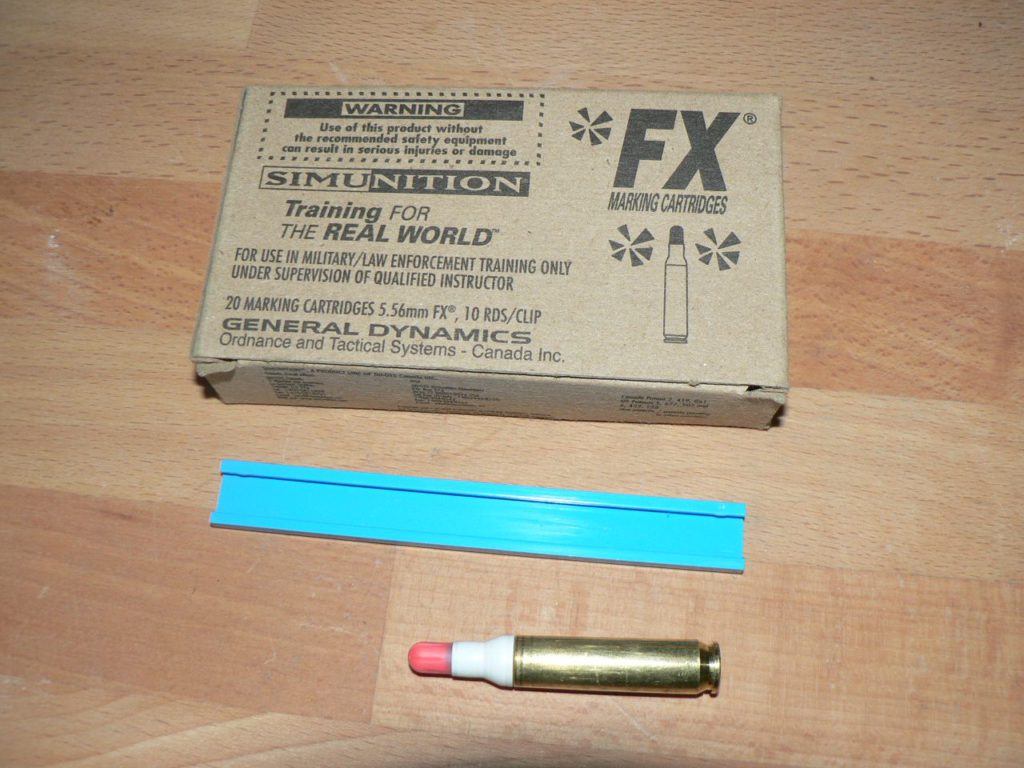
Combat training traditionally meant choosing between realism and safety, but Simunition’s non-lethal system eliminates this compromise. The system turns standard weapons into training tools that deliver real feedback without real casualties.
Its 5.56mm training rounds maintain accuracy up to 30m, making scenarios feel authentic. Troops practice urban fighting, woodland combat, and VIP protection with realistic consequences for mistakes. The system helps bridge the gap between theoretical knowledge and combat performance – like the difference between reading about swimming and actually getting pushed into the pool.
18. Dita Self-Propelled Howitzer: Automated Artillery
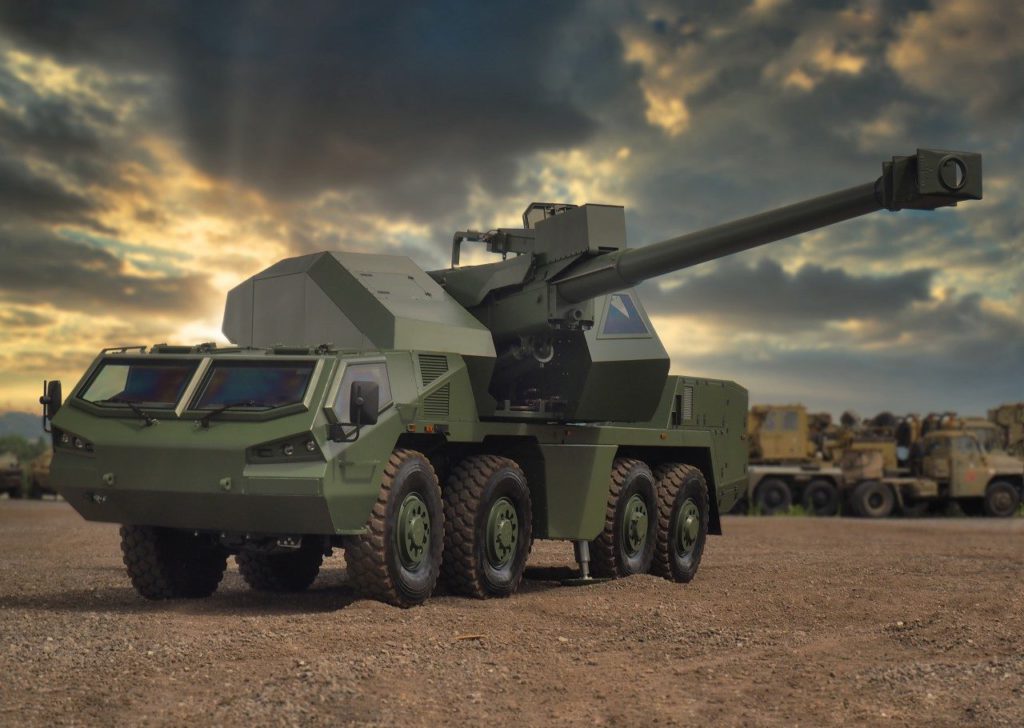
Just two operators can deliver more firepower with the Dita howitzer than traditional artillery units requiring six-person crews. It zooms along roads at 90 km/h and still manages 25 km/h off-road, repositioning faster than crews can pack their lunch.
Its initial firing rate hits 6 rounds per minute before settling into a sustained 5 rounds per minute pace. With 40 rounds on board, it keeps the fire mission going long after traditional systems would need resupply. The automation feels like having a kitchen robot that not only knows all the recipes but executes them perfectly while you focus on strategy instead of stirring.
17. Sug V310 Robot: Reconnaissance and Demining Tool
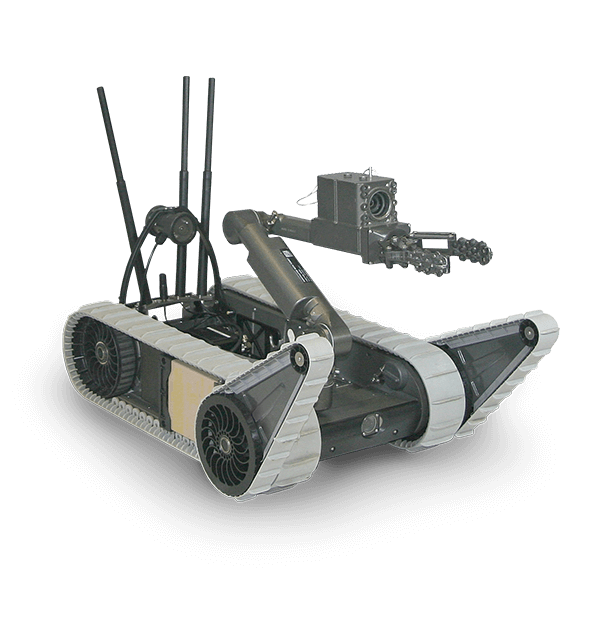
Sending humans to scout minefields ranks among history’s worst job assignments. The Sug V310 robot takes this thankless task off human to-do lists. This 13 kg mechanical hero lifts objects up to 10 kg and climbs stairs without complaining about overtime pay.
Zipping along at speeds up to 10 km/h, it transmits video from four color cameras to operators safely behind cover. The Android tablet control system works with minimal training, handling one or multiple robots simultaneously. The relationship between operator and robot resembles that awkward backseat driver situation – except when the robot ignores your advice, nobody dies.
16. Skywall Auto: Drone Defense System
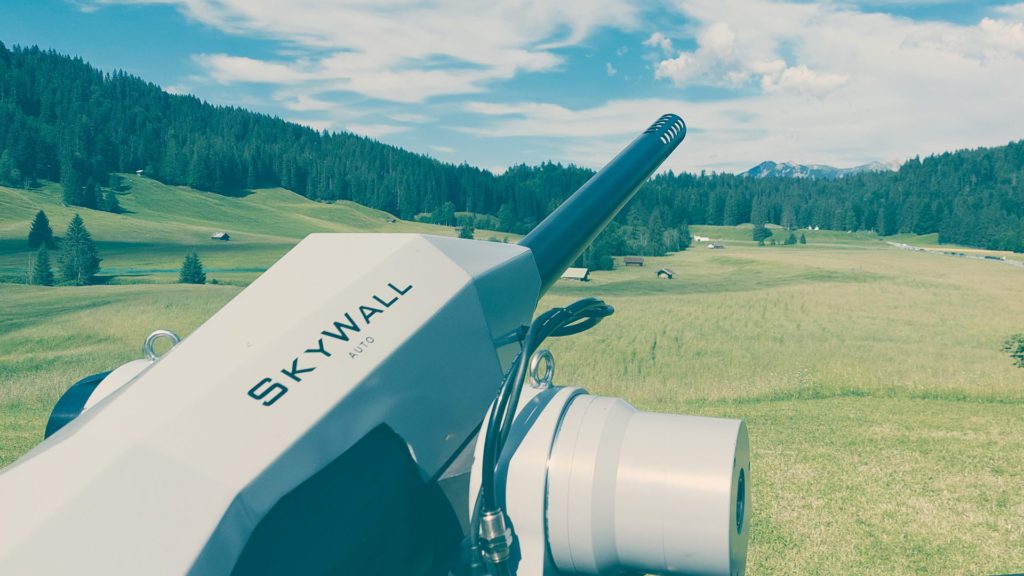
Unauthorized drones threaten security at critical facilities, but Skywall Auto’s AI-driven capture system provides an elegant countermeasure. The system spots suspicious aircraft, tracks their movement, and deploys net-carrying projectiles that ensnare the intruder mid-flight.
The system captures drones traveling up to 43 km/h, which covers most commercial models. A single operator manages the entire process from detection to capture. The nets deploy with parachutes that bring drones down intact for intelligence gathering.
15. Altius Munitions: Kamikaze Drones
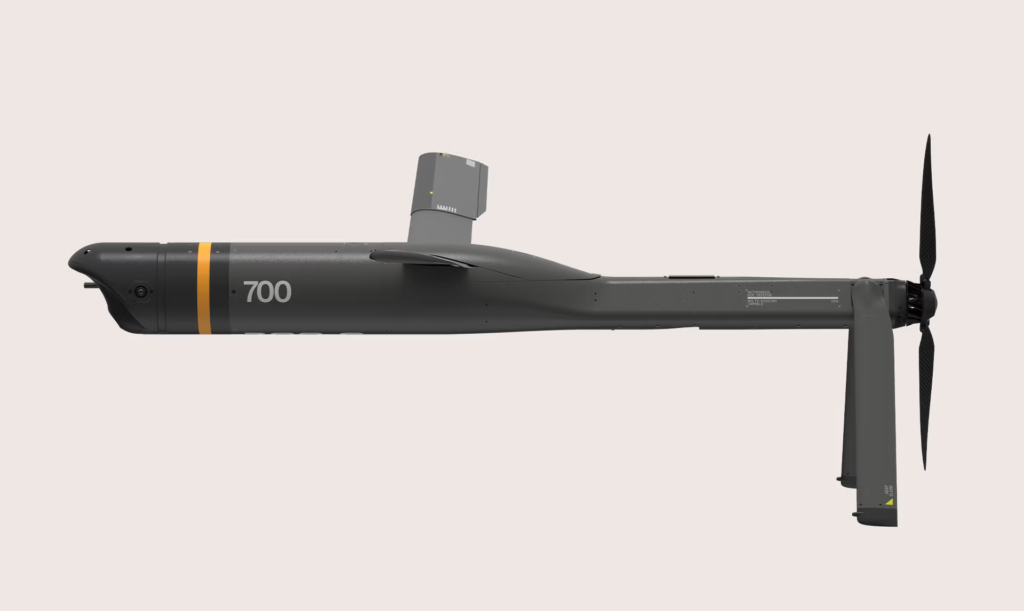
A single 15kg Altius drone delivers the destructive power of a Hellfire missile while extending strike range to a remarkable 160km. These kamikaze drones eliminate armored vehicles, tanks and even ships with surgical precision.
Their extraordinary operational range means launch crews stay far from counterattack range. Small units suddenly wield battalion-level striking power without the logistics nightmare. These systems transform warfare like the moment in chess when you realize the pawn can become a queen.
14. Tear T3100C: Advanced Optical Sight
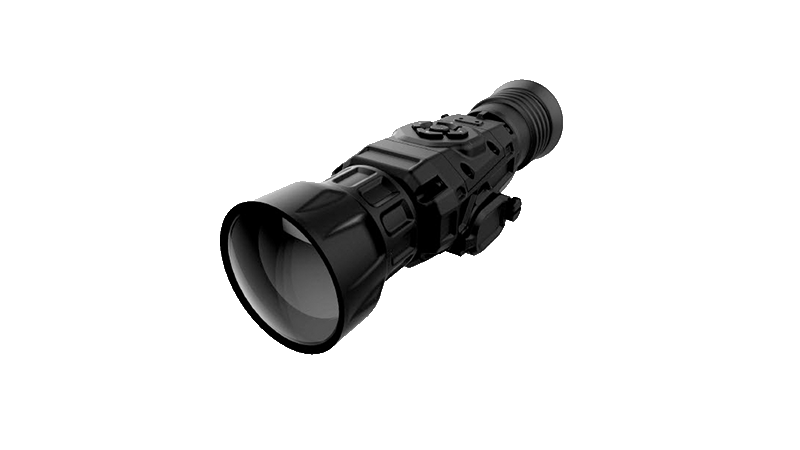
If you’ve struggled with target acquisition in low-light conditions, the Tear T3100C optical sight boosts your effectiveness with night vision and thermal imaging modes. Its OLED display shows targets in crystal-clear 1280×1024 resolution that makes traditional scopes seem primitive. Users adjust contrast, brightness and color settings to match environmental conditions instantly.
Night vision and thermal modes reveal what the naked eye misses completely. At only 1 kg with 8-hour battery life, it augments standard weapons into day/night capable systems. Remember when “shooting in the dark” meant guessing? Neither does anyone using this sight.
13. Assle Sonobuoy: Advanced Underwater Surveillance
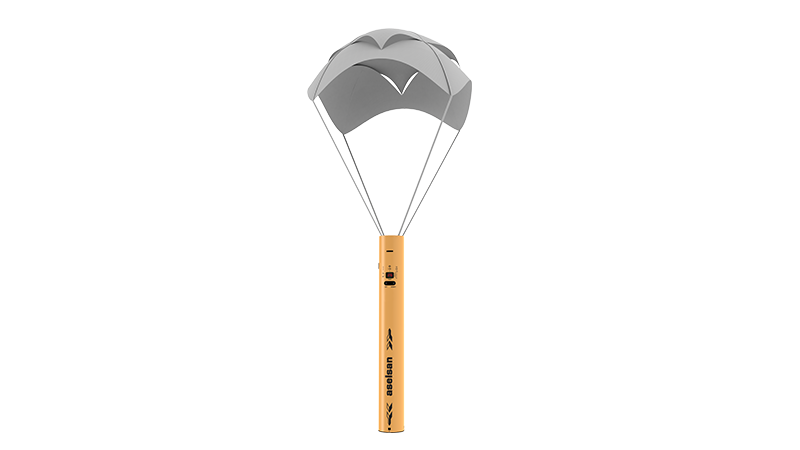
Deployable from altitudes of 520m, the Assle sonobuoy dives to 150m depth to maintain underwater surveillance for eight uninterrupted hours. Once in position, it listens for underwater activity with remarkable sensitivity and precision.
Its 96 VHF radio channels ensure secure transmission of acoustic data. The frequency detection range spans from 5 to 2400 Hz – wide enough to catch virtually any underwater noise of interest. Using these devices feels like putting your ear to a railroad track to detect trains, except it works underwater and the “train” might be trying very hard not to be found.
12. Sonoflash Sonobuoy: French Navy’s Innovation

A decade of acoustic innovation fits into the Sonaflash sonobuoy’s remarkably compact 91cm tube, revolutionizing how the French Navy tracks submarines. NH90 Caïman helicopters deploy them with minimal fuss during anti-submarine operations.
Both passive listening and active “pinging” modes give naval forces flexibility for different tactical situations. The system enhances awareness while maintaining operational security. These sonobuoys detect submarines with the same subtle efficiency that French chefs identify ingredients in a complex dish – seemingly without effort but backed by years of refined technique.
11. Tech Torch: Compact Thermite Torch
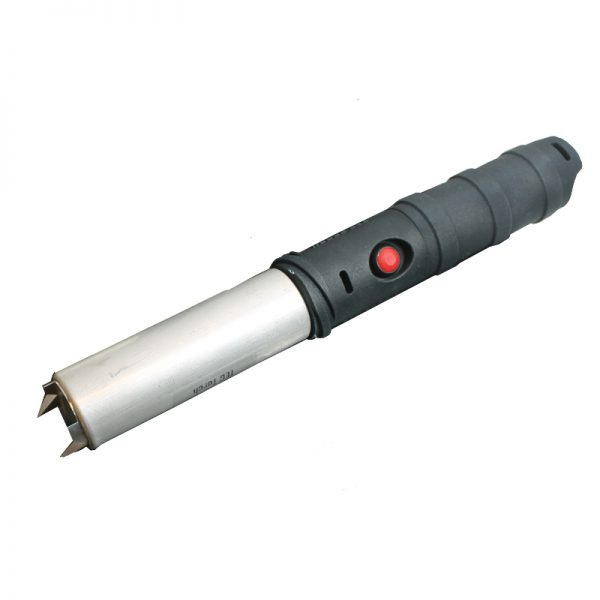
Some problems require 2200°C of focused heat to solve. The Tech Torch delivers exactly that in a portable package that cuts through metal like a hot knife through butter. Except the knife is superheated metal vapor and the butter is 12.7mm steel plate. Small detail.
This thermite-based tool shoots molten metal for about 2 seconds – just enough time to cut a 9mm hole through serious obstacles. It even works underwater, making it useful in virtually any environment. The US Air Force adopted it for breaching operations where subtlety matters less than speed.
10. X 18 ATC Armored Boat: Fast and Agile Catamaran

The X 18 ATC’s composite hull delivers ten times the strength of steel at a fraction of the weight, creating an armored catamaran that reaches 74km/h with 20 Marines onboard. Armed with a Cockerill C1030 module featuring the 30mm Bushmaster Mark 44, it handles threats without breaking a sweat.
Physics seems genuinely impressed with this accomplishment. The vessel moves faster than most civilian boats carrying nothing but sunscreen and beverages. The design cuts through water with precision and purpose, maintaining stability even at high speeds.
9. PL-01 Light Tank: Innovative Stealth Tank Concept
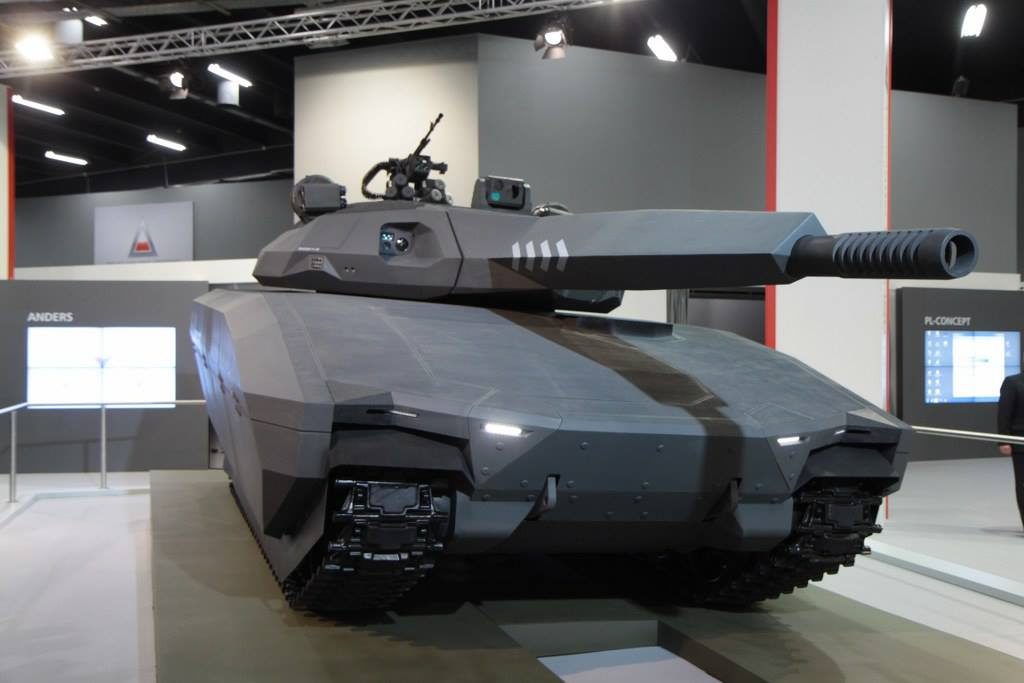
Sometimes great ideas arrive before technology can fully deliver. The PL-01 tank concept debuted in 2013 but development halted by 2015. Based on Swedish designs with American-style features, it promised a revolution in armored warfare that arrived slightly too early.
Its unmanned turret housed a 120mm cannon capable of firing guided missiles at distant targets. With 50 km/h top speed and 250 km range, mobility looked impressive on paper. The stealth features aimed to make it harder to detect than traditional tanks, potentially changing battlefield dynamics.
8. HDT Hunter Wolf: Robotic Carrier for the Military

When troops push beyond supply lines in rugged terrain, the HDT Hunter Wolf’s one-ton carrying capacity keeps them operational without helicopter resupply. Its six-wheel drive navigates obstacles while hauling heavy gear across terrain that would make mules complain.
The hybrid drivetrain recharges its own battery during operation. It follows personnel automatically using sensors and programming, requiring minimal direction. The modular design accepts different mission packages and weapons with simple field adjustments. It’s like that friend who helps you move furniture without complaining or asking for pizza.
7. XM-204: Unique Mine System
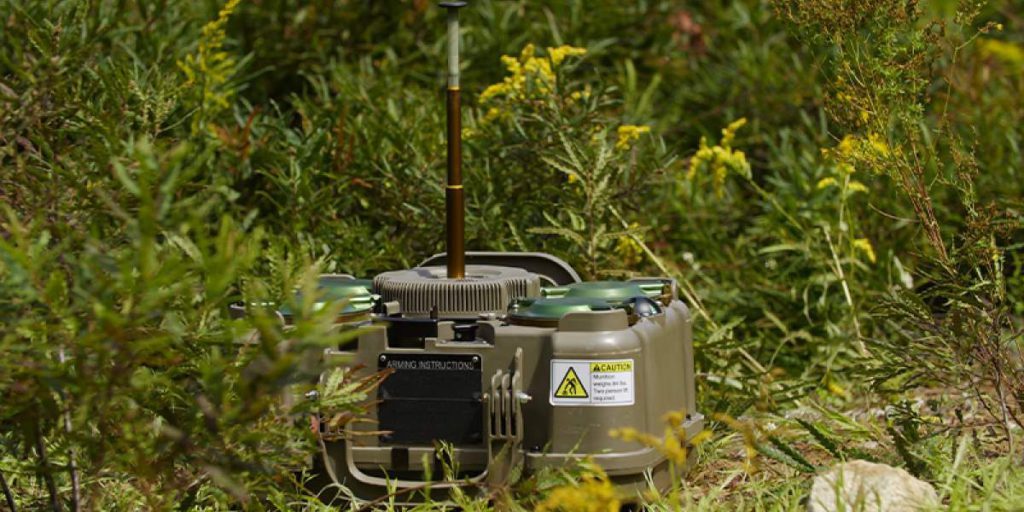
Modern tanks resist traditional anti-armor weapons, but the XM-204’s innovative top-attack mines target the vulnerabilities overhead armor designers can’t easily reinforce. The system tracks vehicles up to 1 km away and activates when targets enter the 50m danger zone.
Unlike traditional mines, these launch upward to strike the thinner top armor of vehicles. At 38 kg total weight, two soldiers transport it easily. Self-destruct timers can be set for 4 hours, 2 days, or 15 days to prevent civilian casualties after conflicts end. The system waits for targets with the patience of a cat watching a mouse hole.
6. Infrared ID Tags: Simple Identification System
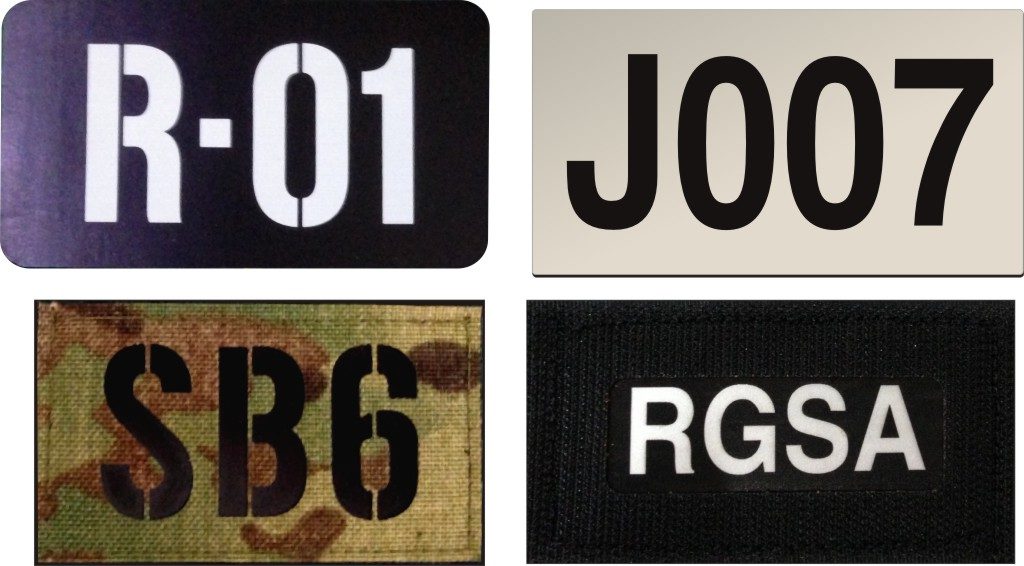
Friendly-fire incidents drop by over 70% when troops deploy the deceptively simple Infrared ID tag system visible only through night vision devices. These tags clearly show whether personnel and vehicles are friendly or hostile at a glance.
They display critical medical information like blood type and allergies for faster treatment of casualties. Applied to vehicles, equipment, and uniforms, they reduce confusion during chaotic situations. The system works like those color-coded rings on charging cables that prevent arguments about whose charger is whose – except instead of preventing minor annoyance, they prevent tragedy.
5. Savotta Jaakari M Backpack: Durable and Comfortable Pack
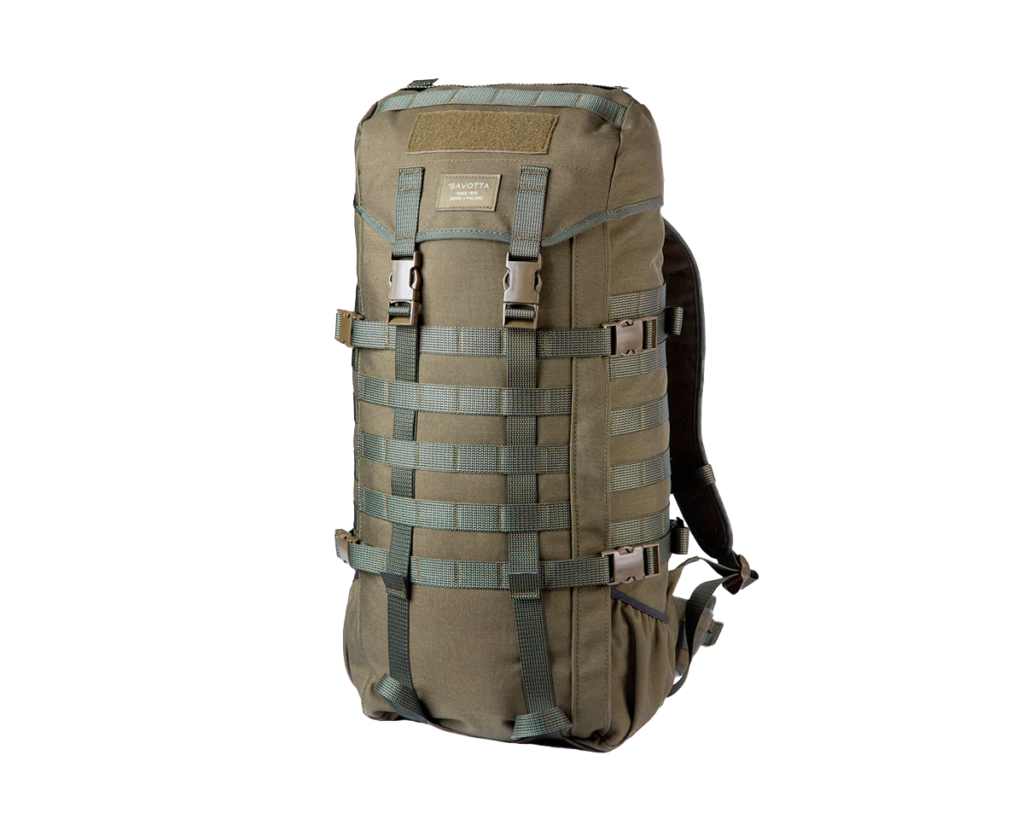
Supporting loads up to an astounding 140kg, the Yakui M backpack distributes weight so effectively that Finnish border guards choose it for their most punishing patrols. Hunters and serious hikers have discovered what military users already knew – this pack refuses to fail.
Its extraordinary load capacity comes from anatomical straps and reinforced frame that distribute weight properly. The 30L model weighs just 1.8 kg and costs $254 – reasonable for equipment that laughs at conditions that destroy lesser packs. This backpack handles abuse like those seemingly indestructible Nokia phones from the early 2000s.
4. RATIS Life Jacket: Smallest Self-Inflating Life Jacket
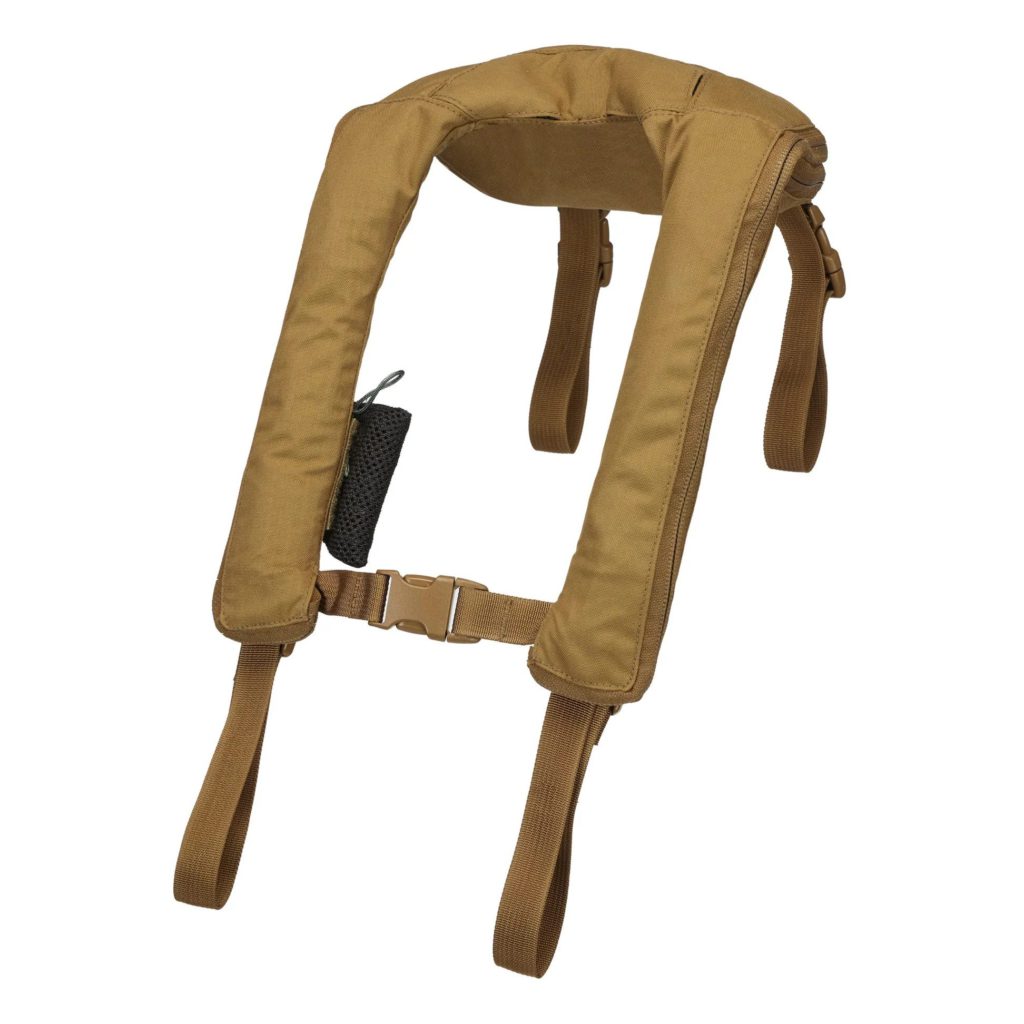
At just 450g, the revolutionary RATIS life jacket weighs less than a smartphone yet delivers 18kg of buoyancy when activated in emergency situations. Water safety equipment traditionally meant choosing between comfort and safety, but this innovation rejects that compromise after five years of focused development.
The low-profile design maintains freedom of movement until needed, and its programmable inflator deploys reliably when it matters most. The engineering challenge resembled fitting an airbag into a wallet.
3. T4 Robot: Chemical and Biological Threat Neutralization
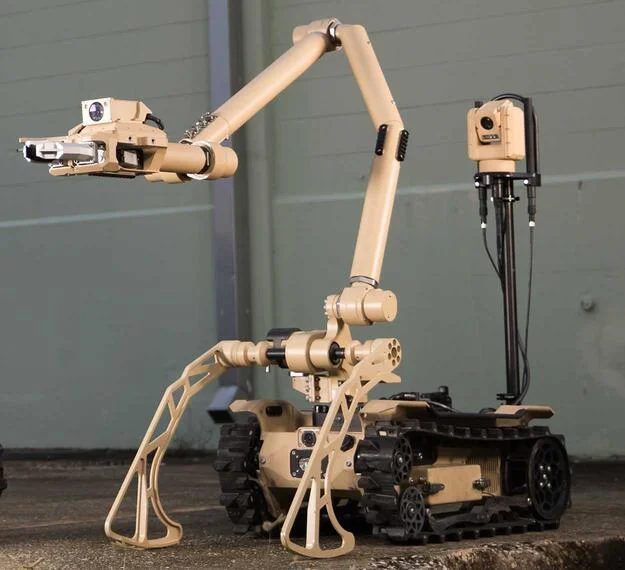
Some environments kill humans within seconds of exposure. The T4 robot handles these scenarios without hesitation or protective gear. This specialized machine neutralizes chemical, biological and radiological threats while also supporting bomb disposal operations that would endanger human technicians.
It lifts 55 kg objects with precision and navigates collapsed structures that would trap human operators. Operating in temperatures down to -20°C and crossing water obstacles up to 30.5 cm deep, it goes where breathing apparatus and hazmat suits aren’t enough protection.
The robot approaches deadly environments with the same casual attitude that action-movie heroes approach gunfights.
2. Modular Pavements: Rapid Road Construction

Stuck in muddy terrain with heavy vehicles? Modular pavements create instant roadways supporting 30-ton loads in just hours rather than weeks. The M3H design functions effectively in waterlogged or sandy terrain that would swallow traditional vehicles.
Installation teams lay down a full kilometer in just a couple of hours compared to days or weeks for conventional methods. The sections connect like enormous LEGO blocks designed by engineers with serious deadlines and no patience for complicated assembly instructions. (Civilian construction crews watching this process probably experience the full five stages of grief in about ten minutes.)
1. Origami-Inspired Shields: Lightweight Protection

Inspired by Japanese paper-folding techniques, these innovative shields reduce weight by 45% while maintaining full protection against .44 Magnum rounds. Developed at Brigham Young University, they weigh just 25 kg compared to traditional shields at 45 kg.
The Kevlar construction stops .357 and .44 Magnum rounds that would otherwise prove lethal. The geometric design distributes force across the structure like a martial artist redirecting an opponent’s energy. These shields demonstrate how sometimes the best military innovations come from seemingly unrelated fields.

